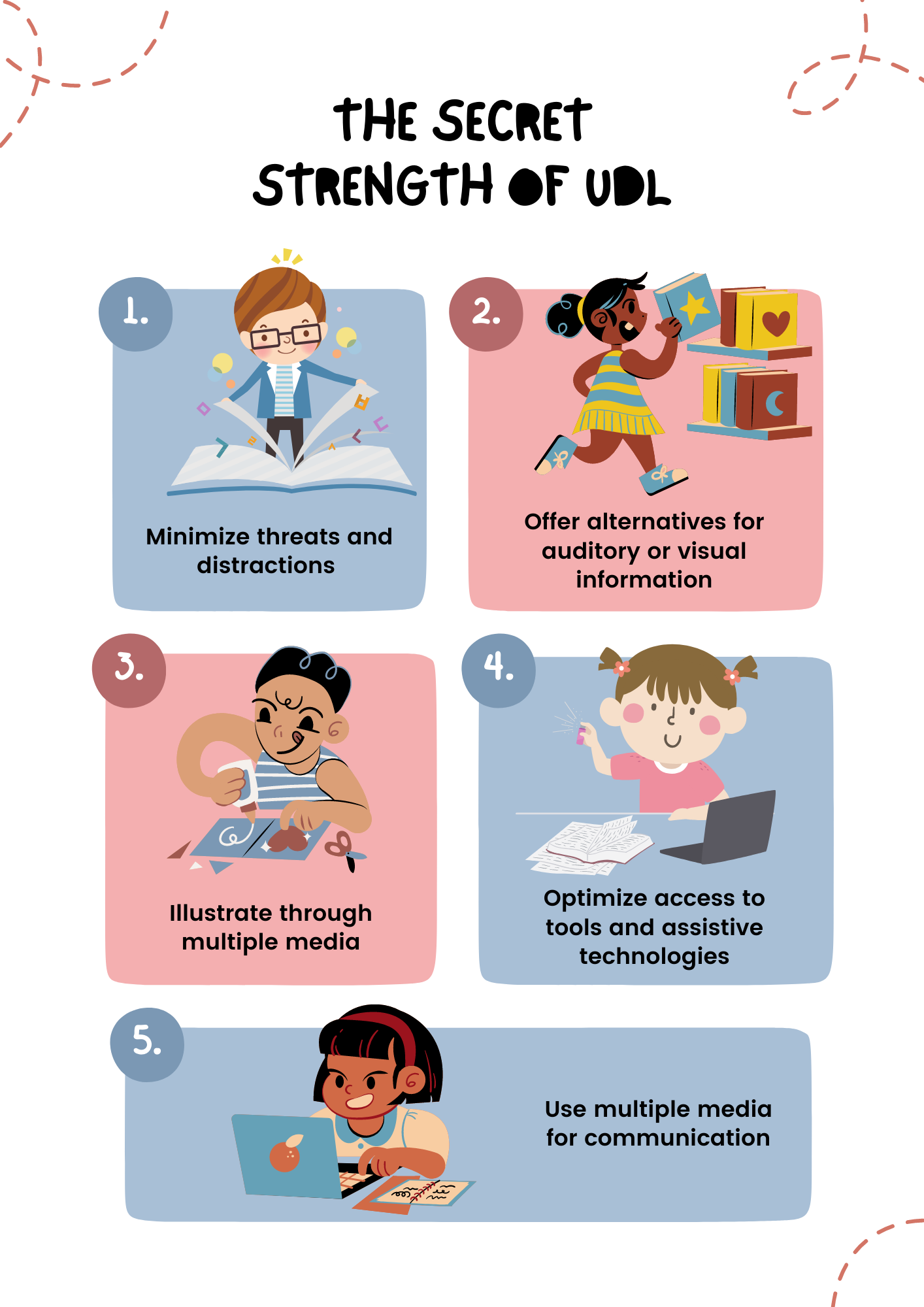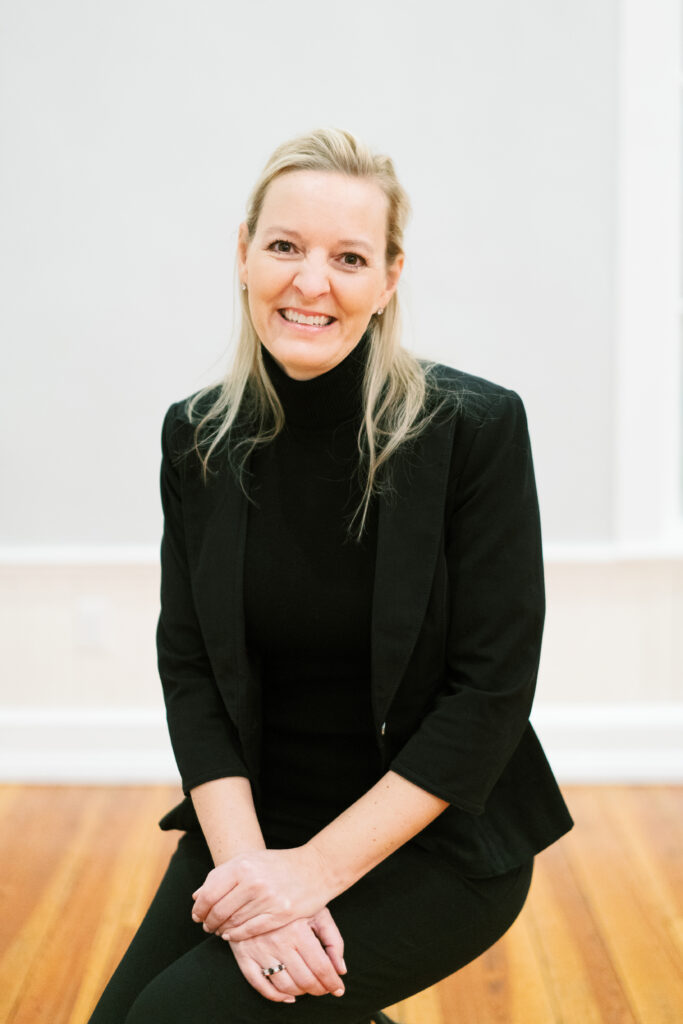There’s this widgetsmith on the opening screen of my iPhone that reads, “As long as we’re creating it’s not too late to change our story.”
People’s stories motivate and inspire but they also connect us, help us grow. Throughout my years of being an educator, tucking in beside my fellow professionals, really hearing their journey, it has been transforming. Listening, truly listening, opens my mind and eyes to perspectives, broadening a reality that I was otherwise unaware. Stories also shape and expand our teaching blueprint.
Growing up a small town girl in the northern United States gave me loads of opportunity to get lost in stories. From listening to my grandparents share stories to being mesmerized by great readings at the local library, life opened up for me.
Given my best friend’s father was the town’s librarian, many evenings and weekends were spent lounged across soft rugs with giant pillows traveling to far away places through the pages of a book. As I breezed through the letters on the page that made words into sentences and sentences into adventures that fed my imagination, I was quite aware that the very experiences I found solace within offered great pain and sometimes discomfort for my friend. Needless to say, I did a lot of reading aloud.
My friend loved to hear stories and it was an incredible treat when getting to view stories playing out live on a stage. You see, the process of reading caused her great angst. She is dyslexic. Take it to the classroom and the print on the page represented very different things for the two of us.
What I noticed as a young child was that just because our brains worked differently, a common experience such as reading text had contrasting outcomes for each of us. Someone very dear to me once shared, “Teachers can change the way they teach but dyslexics cannot change the way they learn.” What this evolves into for an instructional design perspective on the diverse needs of learners: the secret strength I found in teaching through a Universal Design for Learning (UDL) lens. In the case of how I learned reading and how my friend learned reading: presentation of materials, or provisions of multiple means of representation as well as action and expression, were key but equally important was engagement.
Let’s take my friend for example. Given learning derived from her mainly through auditory (hearing) or tactile (touching), she learned by hearing or touching and then that information would process through her auditory or tactile memories. When you compare that to my approach to learning being mainly visual (through my eyes), I could comprehend problems, solve them and commit the solution to my visual memory. For me, everything I would ‘read’, both real and symbolic, would link to my perception center. Recognizing a word and processing the word to meaning didn’t require actually hearing the word. For my friend, visual symbols were compromised causing her to compensate by relying on what she heard in her head to associate meaning.
Ready to leverage my childhood story to expand your teacher blueprint to be more inclusive? The following visual provides some examples of building provisions within your teaching and learning to offer students with dyslexia agency in learning. Oh, and don’t overlook this included audio file reading the visual, it’s called inclusive design.

Strive to expand your teaching blueprint to include the complete Universal Design for Learning Guidelines (UDL). You’ll be so glad you did and so will your students!
There is a lot to learn from stories. But just like my childhood story, there are often missed opportunities of great significance in the unheard. Stories change our perspective, open our minds and eyes, broaden our reality and shape and expand our teaching blueprint. Learning to truly listen in on the narratives of our profession has proven to be my greatest teacher and perhaps it can do the same for you, too.

About the Author
Dr. Anne Marie Ristow is a diversity and inclusion
advocate. She specializes in Universal Design for
Learning and Living. After learning, teaching, coaching
and leading in the classroom for K-21, she founded SEE,
Inc. where she offers focus and discovery for learners of
all ages, families, and communities. Through a human-centric
approach to diverse brilliance, lived experiences,
and identities of those who have been historically
marginalized she is helping the world see things
differently.
CONTACT Dr. Ristow
Twitter: @ristowanne1
Email: founder@seethingsdifferently.org
Website: https://seethingsdifferently.org

